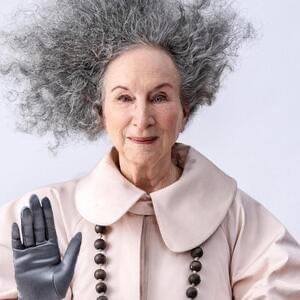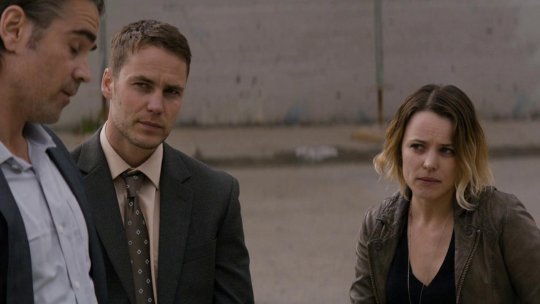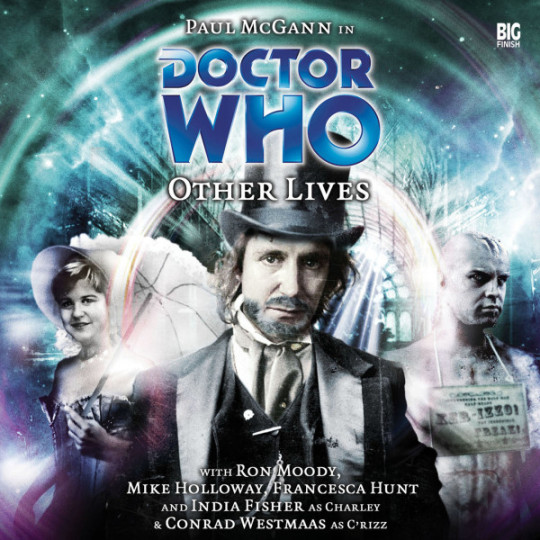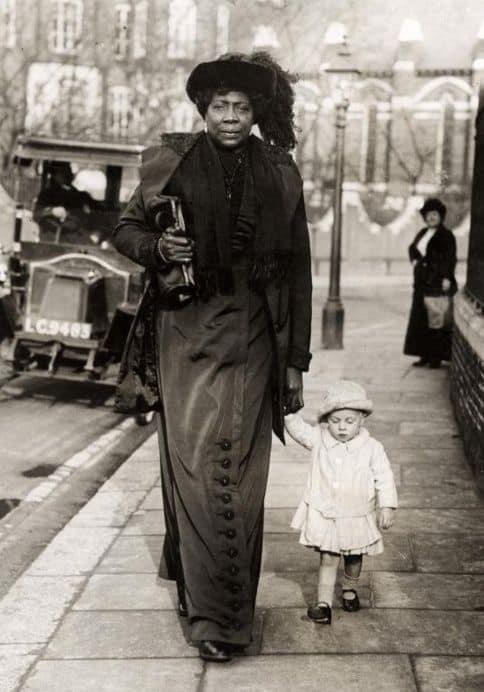#Other Lives
Text

other worlds
other lives
#artists on tumblr#photography#photographer#photooftheday#picture#astrophotography#photographers on tumblr#original photographers#astronomy#cosmos#cosmology#cosmo.txt#astrophysics#galaxy#universe#outer space#other worlds#other lives#infinity#infinite#extraterrestrial life#cosmos exploration#distant dreams#cosmic poetry#cosmic art
86 notes
·
View notes
Text

𝐏𝐫𝐞𝐭𝐭𝐲 𝐍𝐨𝐬𝐞 🌻🌻
Pretty Nose : A Fierce and Uncompromising Woman War Chief You Should Know
Pretty Nose (c. 1851 – after 1952) was an Arapaho woman, and according to her grandson, was a war chief who participated in the Battle of the Little Bighorn in 1876.In some sources, Pretty Nose is called Cheyenne, although she was identified as Arapaho on the basis of her red, black and white beaded cuffs. The two tribes were allies at the Battle of the Little Bighorn and are still officially grouped together as the Cheyenne and Arapaho Tribes.
On June 25, 1876, a battalion of the 7th Cavalry, led by George Armstrong Custer, was wiped out by an overwhelming force of Lakota, Dakota, Northern Cheyenne, and Arapaho.
There are many stories that come from this most famous battle of the Indian Wars. However, the most overlooked account is of the women warriors who fought alongside their male counterparts.
Minnie Hollow Wood, Moving Robe Woman, Pretty Nose (pictured), One-Who-Walks-With-The-Stars, and Buffalo Calf Road Woman were among the more notable female fighters.
Pretty Nose fought with the Cheyenne/Arapaho detachment.
One-Who-Walks-With-The-Stars (Lakota) killed two soldiers trying to flee the fight.
Minnie Hollow Wood earned a Lakota war-bonnet for her participation, a rare honor.
Lakota Moving Robe Woman fought to avenge the death of her brother.
And Cheyenne Buffalo Calf Road Woman holds the distinction of being the warrior who knocked Custer off his horse, hastening the demise of the over-confident Lt. Colonel.
Pretty Nose's grandson, Mark Soldier Wolf, became an Arapaho tribal elder who served in the US Marine Corps during the Korean War. She witnessed his return to the Wind River Indian Reservation in 1952, at the age of 101.
#Pretty Nose#Lakota#Cheyenne/Arapaho#Woman War Chief#Battle of the Little Bighorn#1876#Other Lives#Past Times
56 notes
·
View notes
Text
im listening to other lives (last night i experienced homesickness for a good 8/charley/c'rizz audio) and this is actually soawesome i love seeing my friends again
#other lives#ari opinion hour#also @ c'rizz's part of the storyline: 'take your clothes off' UM. HELLO
9 notes
·
View notes
Text
İnsanların kötü olma aşklarını anlayamıyorum. Bu kadar içiniz çürümüş olamaz ya, inanmak istemiyorum buna.
11 notes
·
View notes
Text
Charley not having a key and the Doctor apparently keeping the isomorphic controls on speaks to a level of dysfunction in the TARDIS team.
#Hmmm many thoughs#Charley Pollard#Other Lives#Eighth doctor#Good morning black Friday other lives timeee#Big finish#Doctor who
17 notes
·
View notes
Text
Canadian poet and novelist Margaret Atwood (1939) is best known for her searing explorations of feminism, sexuality, and politics in books like The Handmaid’s Tale (1986), a dystopian novel that takes place in a United States, which has become a fundamentalist theocracy where women are forced to have children. She started writing the book on a battered, rented typewriter while on a fellowship in West Berlin. The book became an international best-seller. Atwood’s daughter was nine when it was published; by the time she was in high school, The Handmaid’s Tale was required reading. Atwood once said, “Men often ask me, ‘Why are your female characters so paranoid?’ It’s not paranoia. It’s recognition of their situation.”
Atwood was born in Ottawa, Ontario. Her father was an entomologist and the family lived for a long time in insect-research stations in the wilderness. She was 11 before she attended a full year of school. About growing up in near isolation, Atwood said: “There were no films or theatres in the North, and the radio didn’t work very well. But there were always books. I learned to read early, was an avid reader and read everything I could get my hands on — no one ever told me I couldn’t read a book. My mother liked quietness in children, and a child who is reading is very quiet.”
One day she was walking across a football field on her way home and began writing a poem in her head and decided to write it down. She says: “After that, writing was the only thing I wanted to do. I didn’t know that this poem of mine wasn’t at all good, and if I had known, I probably wouldn’t have cared.”
Her first novel was The Edible Woman (1969), about a woman who cannot eat and feels that she is being eaten. Atwood likes to write in longhand, preferably with a Rollerball pen, and is even the co-inventor of the LongPen, a remote signing device that allows a person to write in ink anywhere in the world using a tablet and the internet. Her books include Alias Grace (1996), Oryx and Crake (2003), and The Heart Goes Last (2015).
About the writing life, Margaret Atwood says: “You most likely need a thesaurus, a rudimentary grammar book, and a grip on reality. This latter means: there’s no free lunch. Writing is work. It’s also gambling. You don’t get a pension plan. Other people can help you a bit, but essentially you’re on your own. Nobody is making you do this: you chose it, so don’t whine.”
#TheWritersAlmanac

11 notes
·
View notes
Text
ok you got me Charley, 8 and C'rizz fans, he is her older sibling and she is his annoying little sister but they both have that attitude that is like "oh i guess you're still here" but also "might as well annoy the fuck out of you, oh yeah don't die please!! oh no doctor we are not fighting >:("
i love it
#doctor who#dw#eighth doctor#8th doctor#charley pollard#c'rizz#charkley c'rizz and eight#8th doctor listenalong#8th doctor big finish stuff#other lives#other lives is amazing so far i love when they just be getting into situations :)#their interactions are the best parts#but its also just fun#i love that in all of this 8 is just like stop ittttt :(#and also hehehe this is going great#they truly feel like only the obligation of being together got them here
20 notes
·
View notes
Text

Colin Farrell, Rachel McAdams, and Taylor Kitsch in True Detective (2014) Other Lives
S2E5
Ray and Frank consider new life choices; Ani and Paul go up to the coast to follow a lead.
*Detective Ray Velcoro: Pain is inexhaustible. It's only people that get exhausted.
#True Detective#tv series#2014#2015 episode#relationships#investigation#lead#Collin Farrell#Rachel McAdams#Taylor Kitsch#crime#drama#mystery#just watched#S2E5#Other Lives
5 notes
·
View notes
Text
In Dealing with Exomemories, Especially Exotrauma
Cross-posted from my dreamwidth entry. Link directly in the title.
In the time spent in the alterhuman community, in particular to the therian/kin that dealt with exomemories from other lives, I've come to observe something critical--many carried various exotrauma.
My belief is that a part of the reason reincarnation happens is to provide us a chance to seek closure in our other lives or heal the wounds we carry. Perhaps we are tied to this cycle due to unfinished business, whether positive or negative.
I don’t identify as the eastern ocean dragon of my past; thus, it is my kardiatype. However, I have memories, instincts, likes, and dislikes based on that dragon. There are pains I've felt that I'm still trying to determine if they might be connected to that dragon's own loss, but they don’t hurt me as much, as I am able to observe from a distance. However, this comes down to the identification and separation of the part of the self. From the beginning of my realization of being nonhuman, I already identified as who I am: the dream dragon.
Perhaps this can help others as well, in finding that separation and distance. This is also considering that we have people within the community who can interact with their other lives as separate beings. This couples with the Chinese belief in spirits and souls (hun and po)[1] and how transmigration works with each incarnation: you only move on with a part of it, leaving the rest behind. Essentially, one is different from their past or other selves (as time can be seen as non-linear to some).
Another key thing is finding closure. Perhaps the various memories are vying for attention because of unresolved loose ends.
Writing down stories, or making any sort of creation work for each and every one of those lives might help. I believe there is truth and fact in fiction. Many alterhuman that I've observed use writing as a form of interaction with their selves. I do it too, finding temporary joy in worlds where I can be myself, and it serves as an outlet to work through some inner conflicts or other dissent. Memories become somewhat easier to handle once I put them down as something concrete that I can work with. If emotions are causing suffering, mindfulness is a good practice to counter that—acknowledge and accept the emotions, and then learn to lessen their impact on one's being. This deals with more psychological territory, but the same techniques and methods are not restricted to a single subject area. There are numerous resources available, but here's a small excerpt:
Ride out Waves of Emotions--Be Mindful
Normalize Emotions
Observe
Anticipate
Emotions will get bigger/intensify
Visualize
Ride/surf the emotion wave/tide. Ride it out instead of blocking it. Let it flow. Gently let go; it's okay to release the grasp.
Shift focus; practice mindfulness; notice the physical surroundings. Be attentive and curious.
Be Nonjudgemental
Acceptance
Additionally, having something grounding or anchoring is good. Anything, even a stuffed toy, a pet, a place, another sapient being, or even things beyond—that's a bit like speaking of faith, ironic considering I'm discussing grounding in the unseen and forces beyond.
All of these can to be utilized together. Comfort allows room to break down, grounding offers a point to return to should the mind becomes lost in the memories and emotions. While all the other exercises allow confronting the memories, they help in working through emotions by offering a new perspective.
There is also something many East Asians do—they pay homage to their ancestor, a common practice is setting up ancestral tablets or spirit tablets. Offerings and prayers are made to these tablets as a way to connect with and show respect to one's ancestors. For me personally, I have seen this practice extend to one's own other lives.
In the end, the mind is what matter. Manifestation--your will to see your other lives' chapters be closed.
I wish everyone all the best in finding that inner peace.
[1]Reninger, Elizabeth. "Hun & Po Ethereal & Corporeal Soul In Taoism." Learn Religions, Feb. 8, 2021, learnreligions.com/hun-and-po-in-taoism-and-chinese-medicine-3182553.
#Dream Dragon Posting#exotrauma#exomemories#kardiatype#alterhuman#otherkin#kin#therian#other+#fictionkin#otherkind#nonhuman#anthrodivergent#alterbeing#altbeing#past lives#parallel lives#future lives#other lives#spirituality
14 notes
·
View notes
Text
"i'm sorry i wanted more." do you UNDERSTAND the hurt and pain of this line??????!!!!!!!!! she WANTED MORE because we always do - we are humans after all - but she felt she shouldn't. she couldn't. because if we dream, for others we are not living, and that's not true. i have a thousand lives inside my head.
10 notes
·
View notes
Text
youtube
Other Lives, Tamer Animals, 2011
2 notes
·
View notes
Text
youtube
Patton: I was here 2000 years ago
#general patton#patton#reencarnación#reencarnação#other lives#past lives#past life#general#soldier#veterans#ww2 history#ww2#wwii history#wwii era#wwii#war movies#war film#ww2 movies#military#Youtube
2 notes
·
View notes
Text
Other Lives
The Doctor, Charley and C'rizz are trapped in Victorian London when the TARDIS disappears and have to find ways to survive until it returns in Other Lives.
#DoctorWho #DrWho #BigFinish #OtherLives #EighthDoctor #PaulMcGann #Review #Audio
Have you seen the bloody monumental column in Trafalgar Square? Horatio’s taller than the rest of us!The Duke of Wellington
Synopsis
London, 1851.
Scene of the Great Exhibition of the Works of Industry of All Nations. Scene also of a plot to un-seat the government, de-throne the monarch and start a republic. If the Duke of Wellington himself is to be believed…
While the Doctor and Charley are…

View On WordPress
#Audio#Big Finish#Big Finish Main Range#Big Finish Monthly Range#C&039;rizz#Charley Pollard#Conrad Westmaas#Doctor Who#Dr Who#Eighth Doctor#India Fisher#Other Lives#Paul McGann#Review
2 notes
·
View notes
Text

Ella Williams, (born 1865) also known by her stage name 'Mme Abomah', was an American performer. She was a woman of extraordinary height and strength who became an international celebrity in the late 1800s.
Born in South Carolina in 1865 to parents who were former slaves, Williams grew to be over eight feet tall after contracting malaria when she was around 14 years old. Abomah and her manager decided to take her act to Europe because racism was less pronounced there compared to the United States, and they knew that audiences in Europe would be more accepting of a tall, strong, and beautiful Black woman.
Abomah cancelled her tours and returned to the US when Britain declared war on Germany in August 1914.
#Ella Williams#b. 1865#Mme Abomah#American performer#woman#late 1800's#celebrity#South Carolina#other lives#vintage photograph
2 notes
·
View notes
Text
Other Lives really is the ideal post-divergent dynamic. The fact that it establishes that they did leave C'rizz in the TARDIS could totally be used for stories if they wanted.
But it also means that you can't prove that "If I Should Die Before I Wake" doesn't take place then (which I strongly think it does).
4 notes
·
View notes
Text

Simona Kossak (1943-2007) Polish biologist, ecologist, author, PhD in forestry, and uncompromising conservation activist
They called her a witch because she chatted with animals and owned a crow, who stole gold and attacked bicycle riders.
She spent more than 30 years in a wooden hut in Poland's Białowieża Forest, without electricity or access to running water. A lynx slept in her bed, and a tamed boar lived under the same roof with her. She was a scientist, ecologist, and the author of award-winning films, as well as radio broadcasts. She was also an activist who fought for the protection of Europe’s oldest forest. Simona believed that one ought to live simply, and close to nature. Among animals, she found that which she never found with humans.
Photo Lech Wilczek.
2 notes
·
View notes